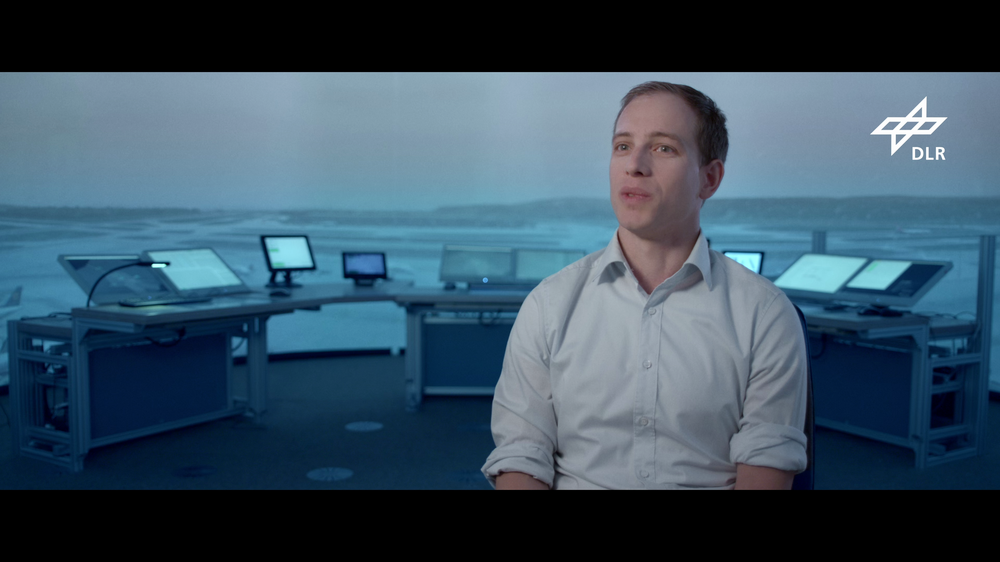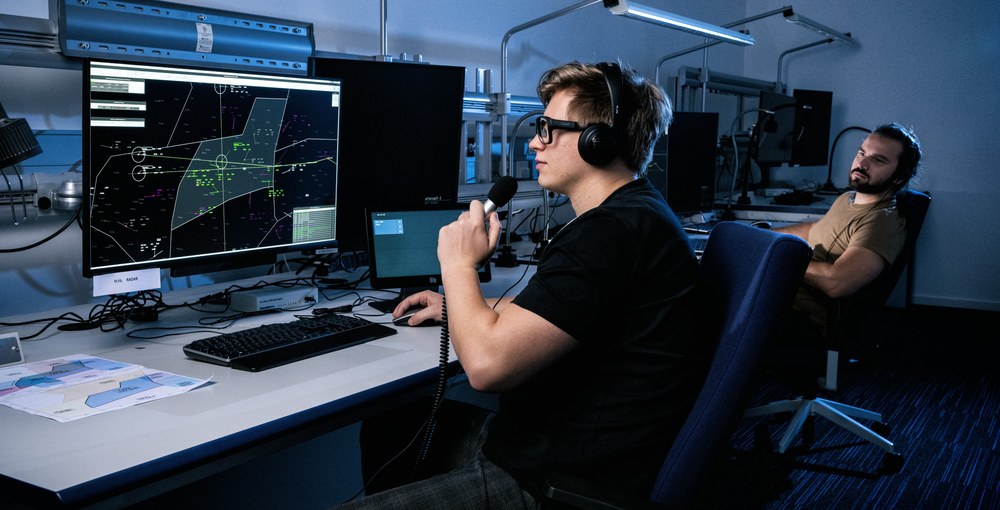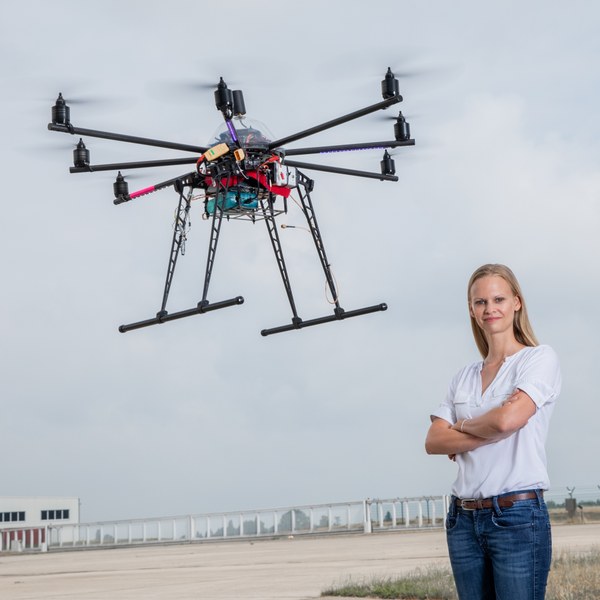The Institute of Flight Guidance is researching the provision of sufficient airspace and airport capacity, the implementation of climate-optimised flight paths and the reduction of environmental impact in the form of pollutants and aircraft noise.
Institute of Flight Guidance
In addition to sufficient airspace capacity, climate impact, environmental impact, aircraft noise and resilience to disruptions play a key role in the future air transport system. The Institute of Flight Guidance is therefore researching the provision of sufficient airspace and airport capacity, the implementation of climate-optimised flight paths and the reduction of environmental impact in the form of pollutants and aircraft noise.
In the future, a whole range of new air traffic participants will enter the airspace, such as unmanned aerial vehicles, air cabs and suborbital and orbital spacecraft. A major challenge is the safe integration of these new participants into the existing air traffic system. Another major challenge is the safe management of different air traffic participants with widely varying performance capabilities.
At airports, which are key infrastructures and critical links to other modes of transport, existing resources must be used more efficiently. All airside processes, such as arrivals, departures, taxiing and handling, need to be optimised or redesigned. This will be achieved through highly automated and efficient airport processes and innovative airside procedures.
As key infrastructures and vital links to other modes of transport, airports need to use existing resources more efficiently. All airside processes, such as arrivals, departures, taxiing and ground handling, need to be optimised or redesigned. To achieve this, highly automated and efficient airport processes and innovative airside procedures will be used in the future. The aim of research at the Institute of Flight Guidance is the development of effective and sustainable solutions to these challenges for the air transport system.
The Institute's research covers the entire air traffic chain, from individual technologies to the architecture of a (fully) automated air traffic system. The spectrum ranges from operational concepts for unmanned aircraft, to the optimisation of air traffic management in the network and at network nodes, airports and airline operations, to the evaluation of effectiveness in terms of performance, climate impact and environmental impact for the air traffic system as a whole.

"We experience the birth hours"
Your consent to the storage of data ('cookies') is required for the playback of this video on Quickchannel.com. You can view and change your current data storage settings at any time under privacy.




